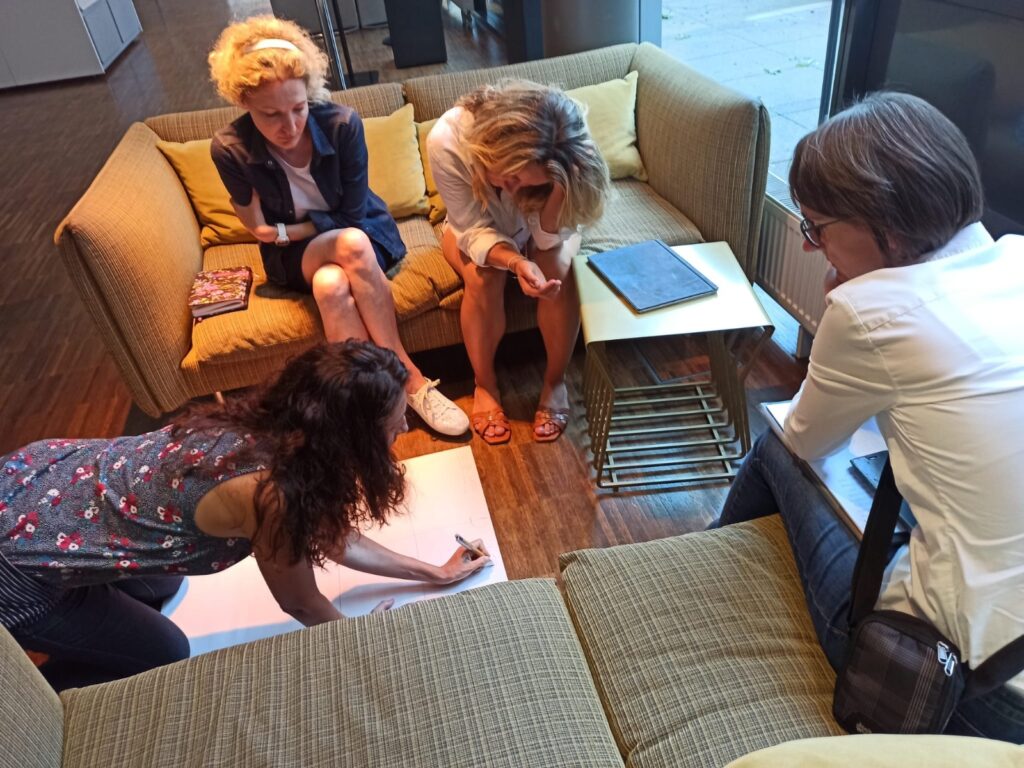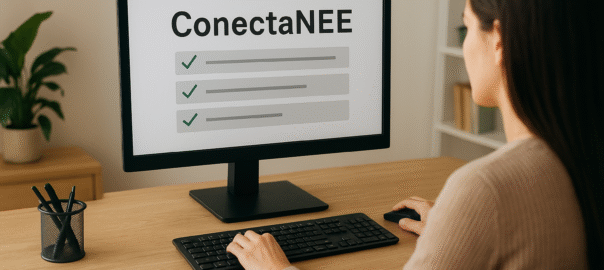En ConectaNEE queremos conocer de primera mano las necesidades reales de los Centros de Educación Especial. Para ello, hemos creado dos encuestas breves dirigidas a docentes y familias, con el objetivo de recoger información que nos permita desarrollar soluciones educativas y tecnológicas realmente útiles.
Tu participación es fundamental para mejorar la inclusión, compartir experiencias y construir juntos un espacio de apoyo accesible para todos. Nos ayudarás a:
✅ identificar necesidades del alumnado
✅ conocer recursos que faltan en los centros
✅ detectar barreras tecnológicas o materiales
✅ proponer ideas que puedan convertirse en soluciones reales
✅ fortalecer la inclusión educativa

🧩 Encuesta para profesionales de Centros de Educación Especial
En ConectaNEE queremos construir una red colaborativa entre profesionales de los Centros de Educación Especial. Esta encuesta tiene como objetivo identificar necesidades reales del aula, dificultades en el acceso a recursos, barreras tecnológicas y propuestas de mejora que puedan servir para desarrollar soluciones compartidas.
Tu experiencia es fundamental. Las respuestas son completamente anónimas (si se prefiere) y se utilizarán únicamente para mejorar la práctica educativa y para orientar el desarrollo de herramientas accesibles dentro de la plataforma ConectaNEE.
Gracias por dedicar unos minutos a participar.
Pinche en el botón naranja para realizar la encuesta. Se le dirigirá a GoogleForms.
❤️ Encuesta para familias del alumnado
ConectaNEE nace con el propósito de escuchar, comprender y dar respuesta a las necesidades reales de los alumnos y sus familias. Esta encuesta busca recoger información sobre el día a día del alumnado, las dificultades que encuentran, los apoyos que consideran necesarios y las propuestas que desean compartir.
Tu opinión es esencial para construir soluciones inclusivas y adaptadas. La encuesta es anónima (si se prefiere), rápida y está diseñada para que puedas expresarte con total libertad.
Gracias por colaborar y por ayudar a mejorar la educación de todos.
Pinche en el botón naranja para realizar la encuesta. Se le dirigirá a GoogleForms.

Deja una respuesta